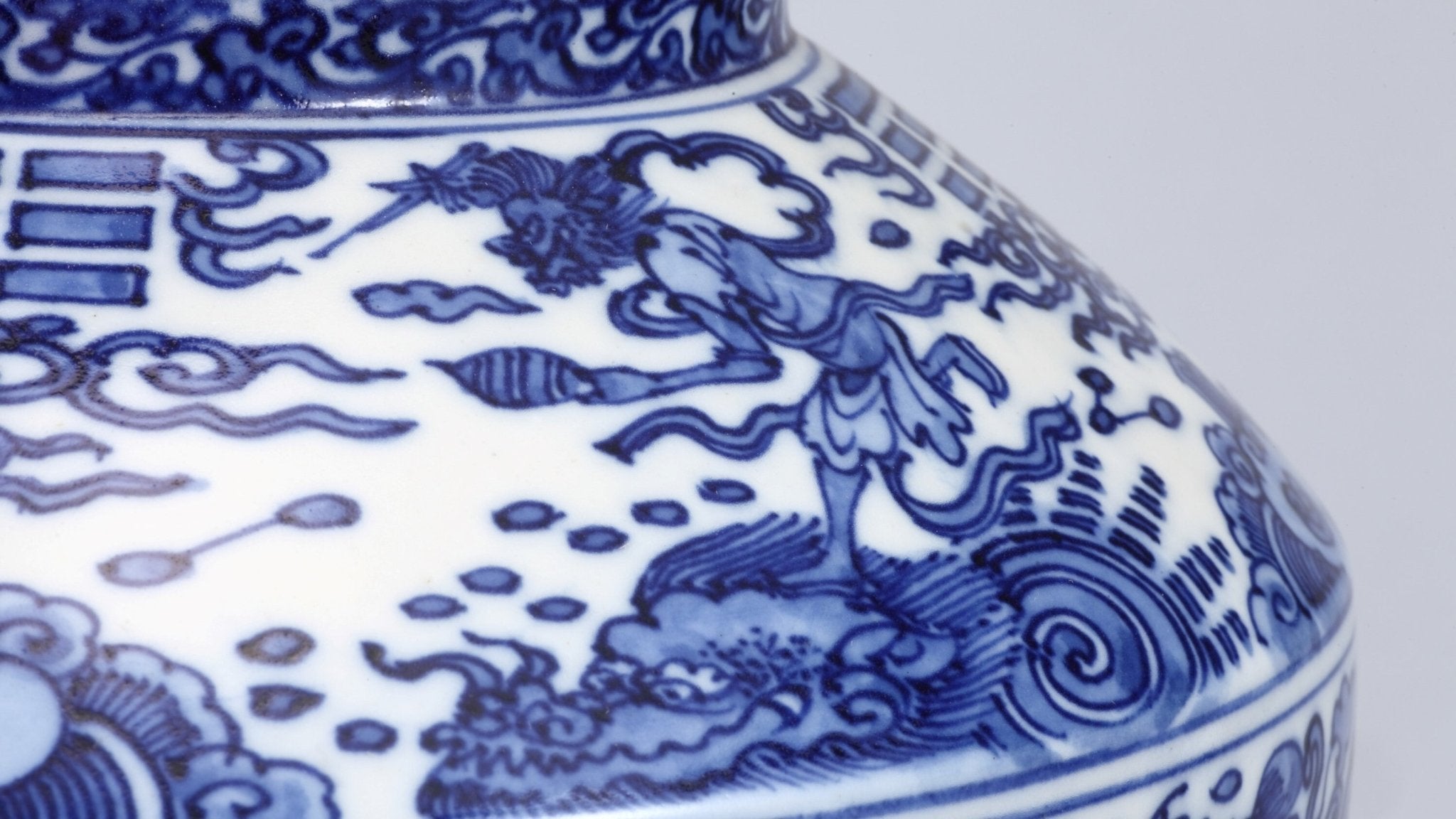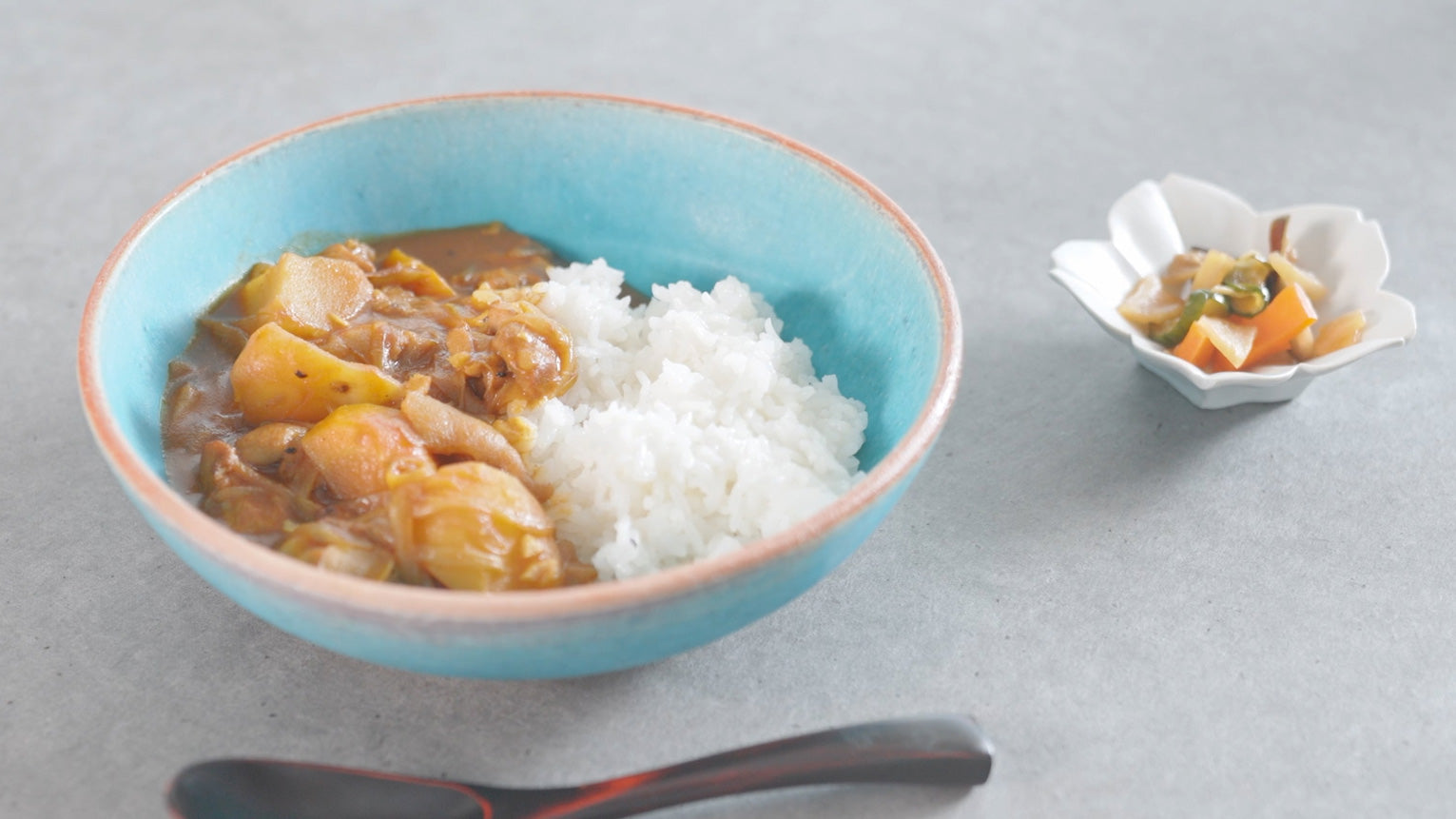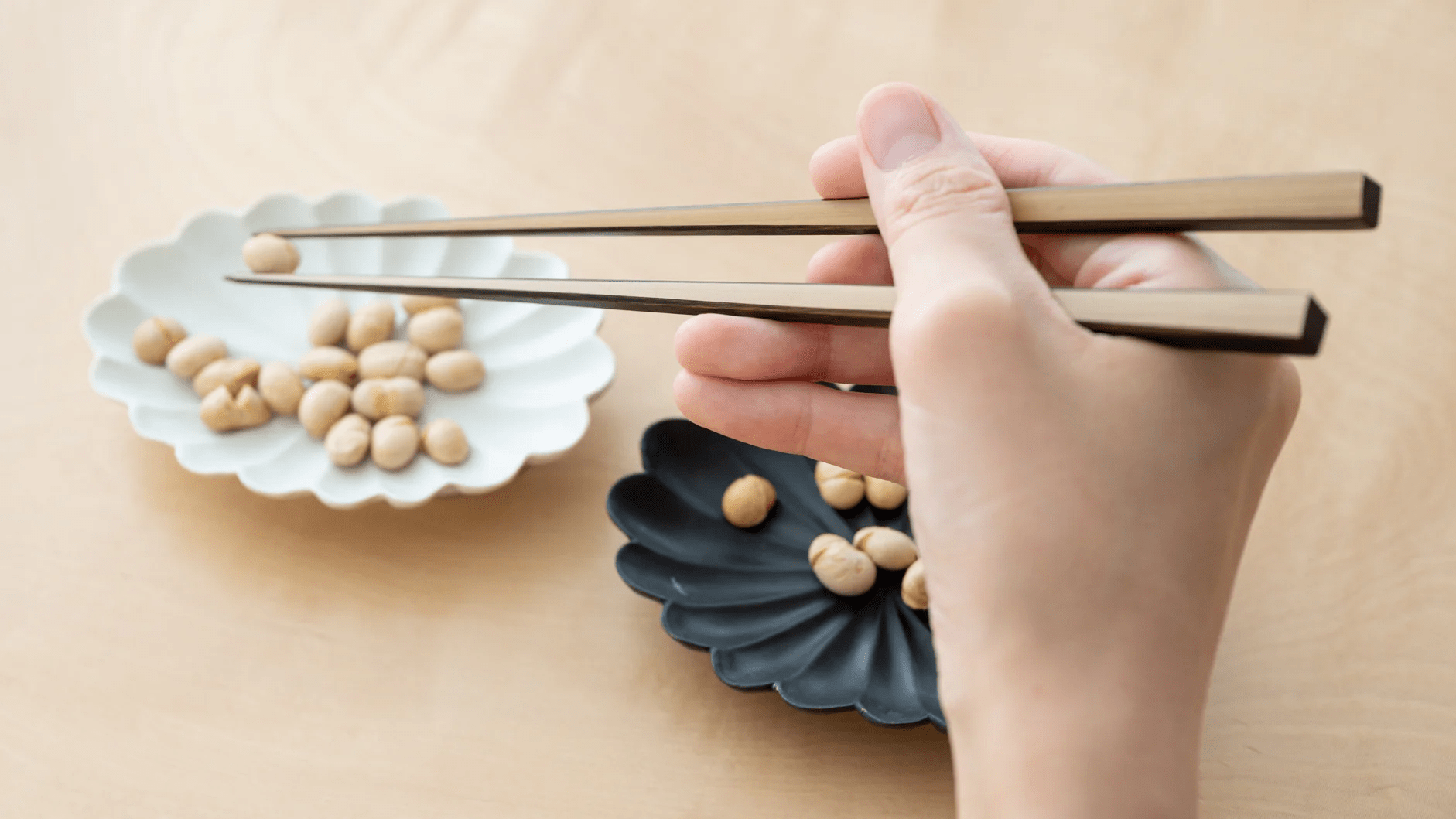
What is Kutani Sometsuke Style?
Written by Team MUSUBI
Sometsuke is a style that paints a porcelin only in indigo pigments. The beauty of this style, which does not rely on a range of colors, is different from that of traditional Kutani ware, and attracts the viewer with its subtleness. The brushstroke techniques and the shading of colors give contrast to the indigo unique to the Sometsuke, creating a sense of depth to the painting style. This style of painting differs from typical Kutani ware with its vivid colors, and expresses the unique charm of Sometsuke.
Firstly, Sometsuke refers to the stage of underglaze painting during the production process, which is the stage before overglaze painting. In the process of Sometsuke, patterns and pictures are painted on unglazed porcelain with a pigment called Gosu (black contour lines), glazed, and fired to complete the process. The surface of unglazed pottery is rough, and it takes a great deal of skill to draw beautiful lines with gosu. Therefore, when you see patterns or drawings of Kacho Fugetsu (flowers, birds, winds, and the moon) depicted with only gosu, you will be impressed by the high level of skill. Many of the patterns in the Sometsuke style, such as landscapes and flowers and birds, are modeled after Chinese and Imari styles.
Wakasugi Kiln (1811-75)

The Wakasugi Kiln was originally built in 1805 in Wakasugi Village, Nomi County (now Wakasugi-cho, Komatsu City) by Hayashi Hachibei, who worked as a headman in a government office and engaged in the family business of clay roof tile manufacturing.
As Hachibei was also a tea master, he initially made tea bowls, water jugs, and other tea utensils as a hobby. Later in 1811, Hachibei built a full-scale porcelain kiln and invited Honda Sadakichi, who had studied under Aoki Mokubei, to work at Wakasugi kiln.
The Wakasugi kiln produced both Sometsuke style and overglaze porcelain, but produced a higher percentage of Sometsuke porcelain compared to the other kilns in the revitalized Kutani area. Since the Wakasugi kiln made many daily commodities, a large number of the porcelain pieces were Sometsuke wares, which require less frequent kiln firing.
Please visit our website to learn more about History of Kutani ware, Honda Sadakichi and how the Wakasugi Kiln was established.

Kutani ware in the Sometsuke style is simple, warm, and practical. It matches very well with other tableware. Just one piece of Kutani ware will make your dining table bloom. Please click below to view Sometsuke-style items.
*The below collection also includes Sometsuke items other than Kutani ware.















Leave a comment
This site is protected by hCaptcha and the hCaptcha Privacy Policy and Terms of Service apply.